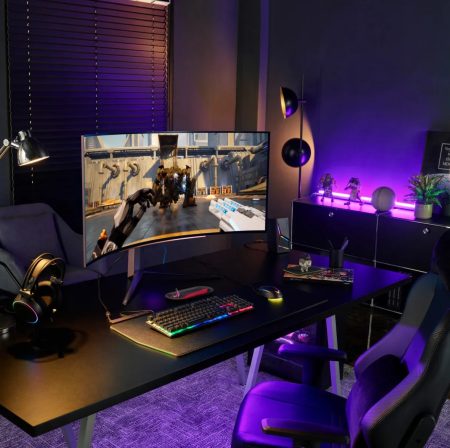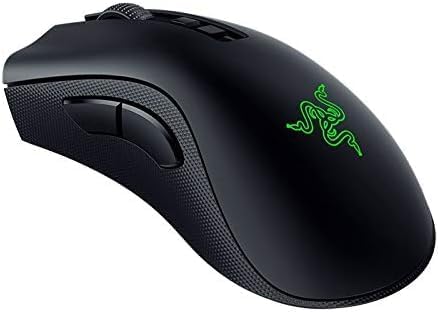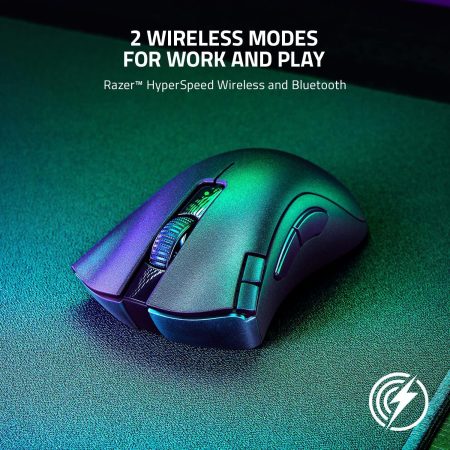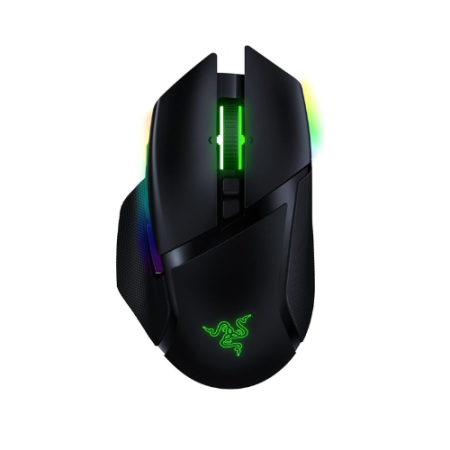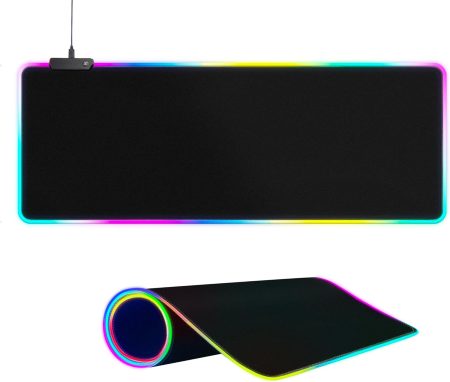If you ever need to connect a storage device to your computer’s motherboard, you’d most likely need to use a SATA cable. However, connecting the SATA cable to the motherboard can be really confusing due to the complex nature of the motherboard and SATA cables.
It’s essential to know what goes where when building a computer or adding a new component like a storage device. Thus, it’s crucial to be familiar with smaller components of your computer like SATA cables and ports.
Connecting a SATA cable to the wrong port might be a costly mistake, and thus it’s best to get it right the first time. It’s crucial to know exactly how to connect SATA cables to your computer’s motherboard. This guide explores some information about SATA cables and how to safely and properly connect them to your motherboard.
What Are SATA Cables?
Also known as Standard ATA cables, these cables connect devices such as storage devices to a computer’s motherboard. SATA is essentially a bus interface that allows you to connect a storage device like a solid-state drive, hard disk drive, or optical drive to your computer. Serial Advanced Technology Attachment (SATA) cables replaced the Parallel ATA cables in 2001.
There have also been a few upgrades to this technology since the first generation of SATA cables, with each new generation featuring improved bandwidth throughput and data transfer. Although there are different variations of SATA cables, like the SATA data cable with two flat and thin ends. These 7-pin data cables connect a storage device to a port on the motherboard. One fantastic feature of SATA cables is that they can be hot-swapped, meaning the cables can be disconnected or connected from the motherboard while your computer is still running.

How to Connect SATA Cables to Motherboard
Plugging in the SATA cable to your motherboard is pretty easy once you identify the appropriate port. The installation process might differ based on your devices and the purpose of the connection.
If you want to replace a storage device like an HDD, you do not need to unplug your SATA cable from the motherboard. To do that, you simply need to unplug the end of the cable attached to the old storage device and plug it into your new HDD. However, if you wish to connect a new device altogether via a SATA cable, follow these steps:
Step 1 – Turn Off System
Turn off your computer system, turn off the power switch on the back panel of the case, and open your computer’s side panel. If there’s no switch on the back panel of your computer, you can simply unplug the tower. To open your computer’s side panel, you might need a screwdriver, although some new cases only require thumbscrews. You might also need to hold the power button for some seconds to completely discharge power from your computer.
Step 2 – Safety
It’s crucial to release electrostatic energy from your body when handling your computer. A buildup of electrostatic energy in your body can adversely affect your computer circuits while you are trying to connect your SATA cable. To ground yourself, you can wear anti-static wristbands or straps to establish a grounding path. You might also want to consider an anti-static mat if you have to work on building computers frequently.
Alternatively, you could go barefoot or wear rubber-soled shoes to reduce static. You can also touch an unpainted metallic part of your computer’s case to discharge your static as long as the computer is plugged into a socket with the switch turned off.
Step 3 – Connect Storage Device
Place the storage device in an empty bay of your computer’s case. If it’s a hard drive, you might find a bay beneath the optical drive bay, depending on your computer. Try to carefully place the drive in an aerated area of the case to promote airflow if the build of your case allows. Ensure to place the plastic side of the drive face down, and the metallic side should be facing upwards. Also, ensure that you can access the SATA ports on your drive to plug in the SATA cables.
Step 4 – Secure Storage Device
The device should snap onto the case. If not, use appropriate screws to secure the storage device to the case. You can do this step before or after connecting SATA cables.
Step 5 – Connect Cables

There are two ports you need to find on your motherboard- your SATA power port and SATA data port. These two cable ports are positioned in an L-shape on the storage device.
These SATA ports for the cables are usually grouped and indicated on your motherboard. Your motherboard will have at least four ports. If you can’t find the inscription on your motherboard, refer to your motherboard manual.
The data port has seven pins and is shorter in length than the power port. The data cable is a flat, thick cable while the power cable has five wires. The power cable is also longer and its port has 15 pins. Insert the cables into the appropriate ports, aligning the L-shaped cables with the port. If you can’t find any SATA ports on your computer’s motherboard, then your motherboard does not support SATA cables.
Step 6 – Turn on Computer
Close your computer and power it on. Format your newly installed storage device and check your disks on your computer to see if your computer detects the new storage device.
Conclusion
If you ever need to plug in SATA cables to your motherboard, it’s as easy as locating the inscription on your computer’s motherboard and plugging it in. The SATA ports will be positioned together and should be easy to identify by the inscriptions on your motherboard; otherwise, refer to the instruction manual.
If you need to use a 4-pin Molex cable, you can simply use a Molex-to-SATA converter. Also, if you need to connect multiple devices with SATA cables and have limited power ports, you can use a SATA power splitter to make more connectors available.
It’s essential to know the right ports to place your SATA cables if you want to install new storage devices. If you are using simple SATA data and power cables, you can simply connect the cables to the appropriate ports on your motherboard. These ports are usually tagged on your motherboard.









